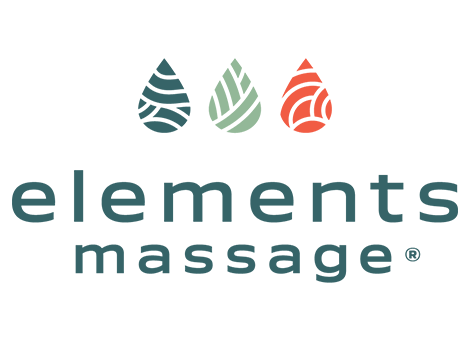Massage therapy, a healing tradition with a rich history, has been celebrated for its broad range of therapeutic benefits. Among these potential benefits is the intriguing possibility that regular, monthly massages may increase red blood cell (RBC) count. This article delves into the available scientific evidence to explore how massage may impact RBC count.
Understanding Red Blood Cell Count
Red blood cells, also known as erythrocytes, play a crucial role in the body's function, primarily by transporting oxygen from the lungs to tissues throughout the body. An adequate RBC count is vital for maintaining overall health and vitality, as it ensures that the body's tissues receive an optimal supply of oxygen (Mentzer, 2020).
Massage Therapy and Blood Circulation
Massage therapy is known to stimulate blood circulation, which can potentially impact various blood parameters, including RBC count. By enhancing blood flow, massage could potentially facilitate the delivery of oxygen and nutrients to various body tissues, including the bone marrow, where RBCs are produced (Ernst, 2003). (Read more...)
Scientific Studies on Massage and RBC Count
Scientific research investigating the direct impact of massage therapy on RBC count is currently limited. However, some studies suggest a potential influence. A study by Hernandez-Reif et al. (2004) found that premature infants who received massage therapy exhibited higher RBC counts compared to non-massaged infants. Although this study focused on a specific population, it opens up possibilities for further research on the potential benefits of massage for RBC production. (Read more...)
Implications and Future Research
While the current body of research is limited, the potential for massage therapy to influence RBC count is an exciting area for future investigation. Increased RBC production could have implications for a range of conditions, including anemia and conditions associated with reduced oxygen supply.
In conclusion, while current scientific evidence directly linking regular massage therapy to increased RBC count is limited, the known effects of massage on blood circulation suggest potential benefits. Further research is needed to elucidate the mechanisms and impact of massage therapy on RBC production.
References
- Ernst, E. (2003). The safety of massage therapy. Rheumatology, 42(9), 1101-1106.
- Hernandez-Reif, M., Diego, M., & Field, T. (2004). Preterm infants show reduced stress behaviors and activity after 5 days of massage therapy. Infant Behavior and Development, 27(4), 557-561.
- Mentzer, W. C. (2020). Approach to Anemia in the Adult and Child. In Postgraduate Hematology (pp. 37-49). Wiley Blackwell.

